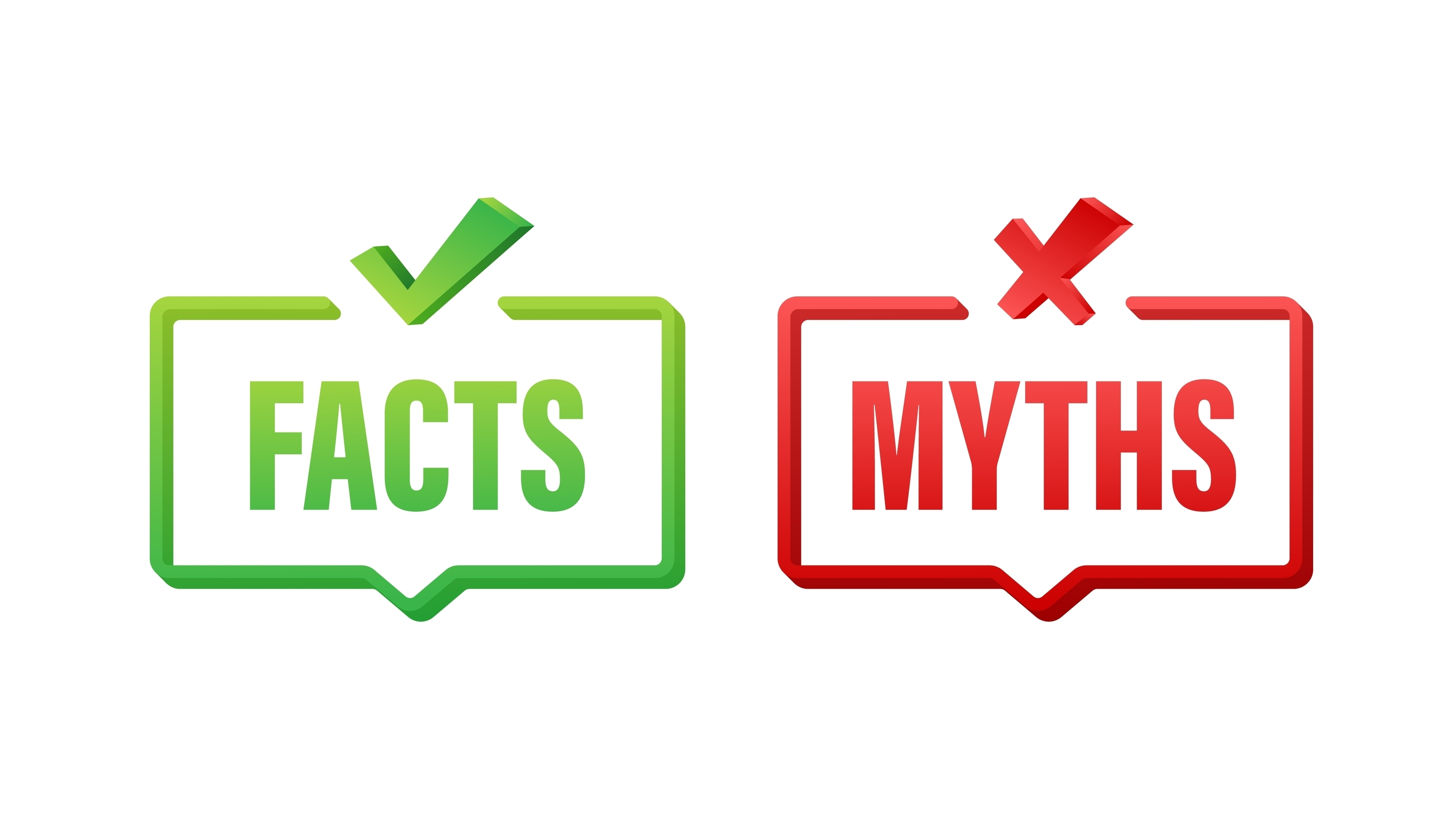Rinse Or Brush First: Debunking Oral Care Myths With Dr. Sable Staller Podcast
There are a lot of myths encircling oral health but it’s now accepted that the old brush, rinse, floss routine is not the ideal way to keep those pearly whites shining! For tips from leading dentists on brushing and braces, check out ‘Let’s Talk Smiles’!

Ever wondered if you’re getting your dental hygiene routine right? You might have seen a million Instagram or TikTok posts, each telling you something different about when to floss or brush or rinse, but to really know what’s best, you need to listen to the experts.
For top tips on terrific teeth, listen to the ‘Let’s Talk Smiles’ podcast with Dr. Catrise Austin. Just visit
Special Guest
The latest episode features an interview with renowned orthodontic expert Dr. Sable Staller, who tackles misconceptions that many people have regarding the optimal order for rinsing, flossing, and brushing. Dr. Staller particularly highlights the importance of fluoride in toothpaste, which plays a critical role in remineralizing and strengthening tooth enamel. However, rinsing the mouth immediately after brushing can wash away all these nutrients, diminishing its protective effects.
Rinse First!
To ensure a more effective oral hygiene routine, Dr. Staller recommends starting with flossing and then rinsing with an antiseptic mouthwash to lower bacterial levels before brushing. This is also her own approach: “I usually floss first, then I’ll use my water flosser, followed by mouthwash. After that, I brush, and then I finish with the tongue scraper."
Water Flossing
The pair also discusses the importance of flossing for an effective oral routine, particularly if you wear traditional-style braces. Fragments of food can easily become trapped between your gums and the braces, causing damage to your teeth if it’s not regularly removed.
“Flossing is great, but the water flosser is so much easier to use and helps ensure you’ve gotten everything out,” Dr. Staller says.
If you wear removable Invisalign braces, you are at an advantage, as the design allows you to remove the aligners and perform thorough brushing, making it easier to maintain optimal oral health.
Brace Yourself
The podcast continues the orthodontic theme by exploring the relative merits of traditional braces and clear aligners. The pair notes that clear aligners often work faster, especially if you’re only targeting a limited number of teeth and you already have a strong bite. Traditional braces, Dr. Staller explains, take longer to achieve results.
Check out Dr. Catrise Austin's favorite oral care products at
She elaborates, “Clear aligners work well for mild to moderate crowding, open bites, or cases where someone wants a wider smile. However, there are situations where braces are the better option. For instance: If surgery is needed to correct a bite; If there’s an impacted tooth that needs to be brought into the arch; or if teeth need to be extracted for treatment, braces usually get the job done faster than aligners.”
Keep on top of your dental health by following the ‘Let’s Talk Smiles’ podcast!
For more insights on proper oral care, visit

